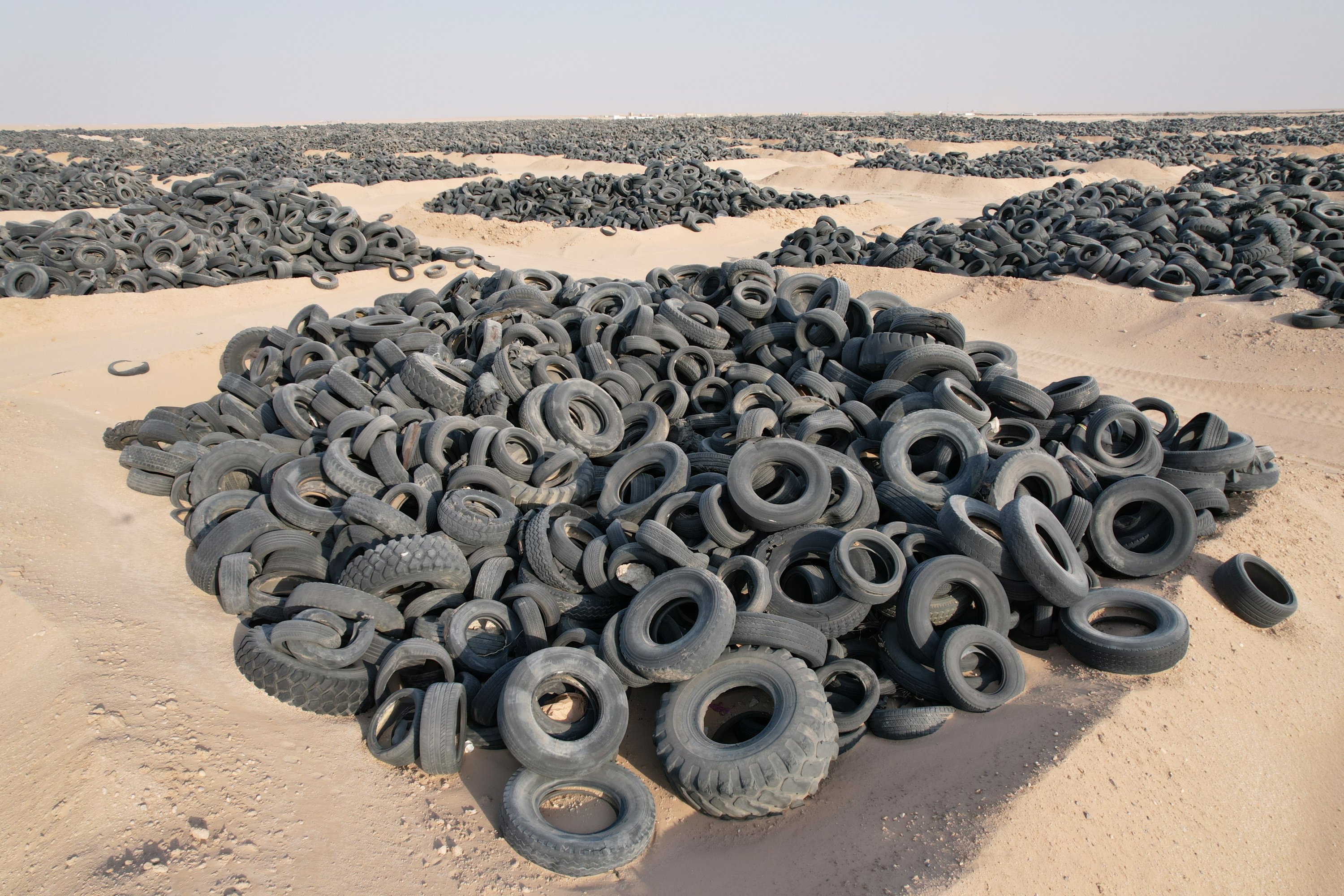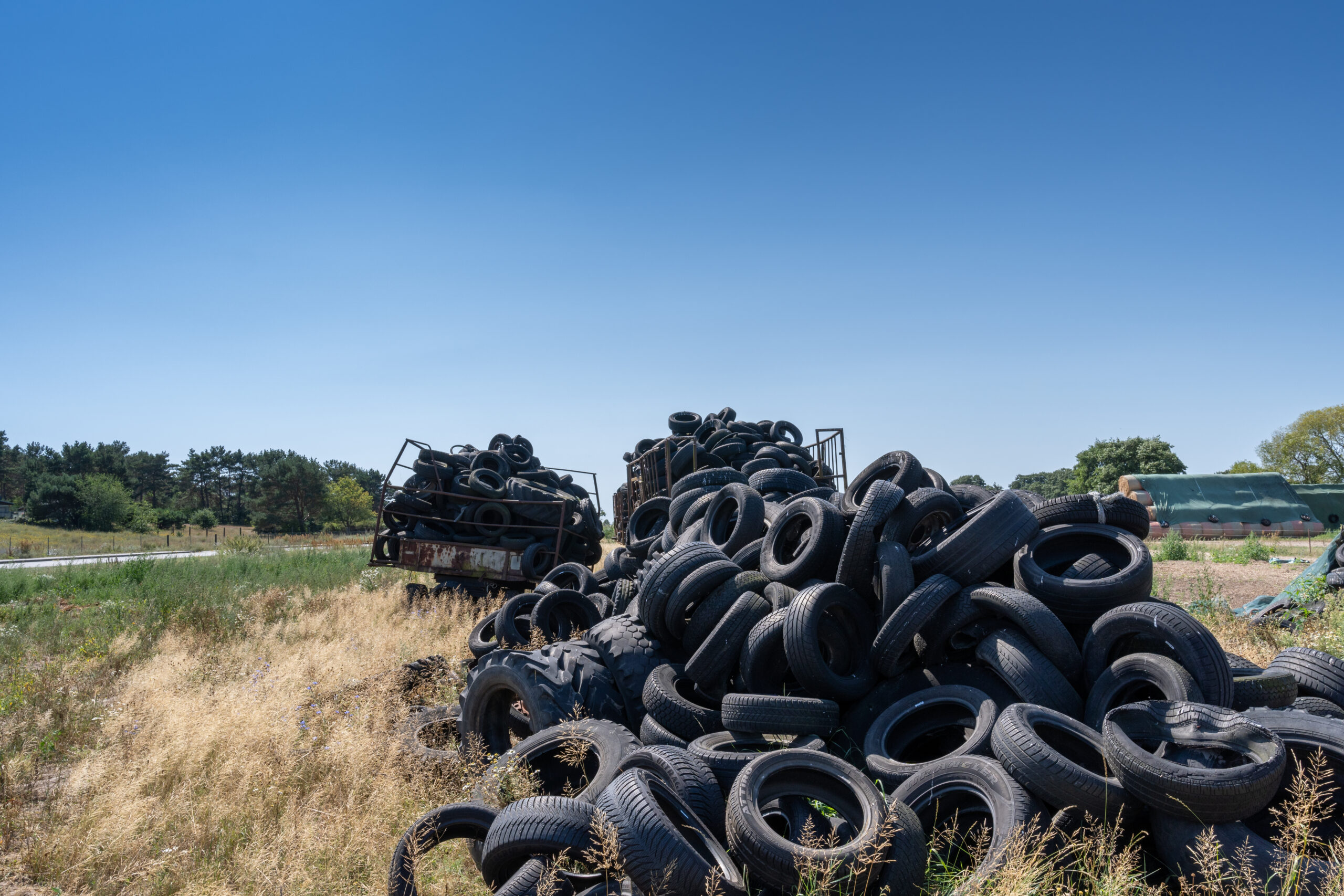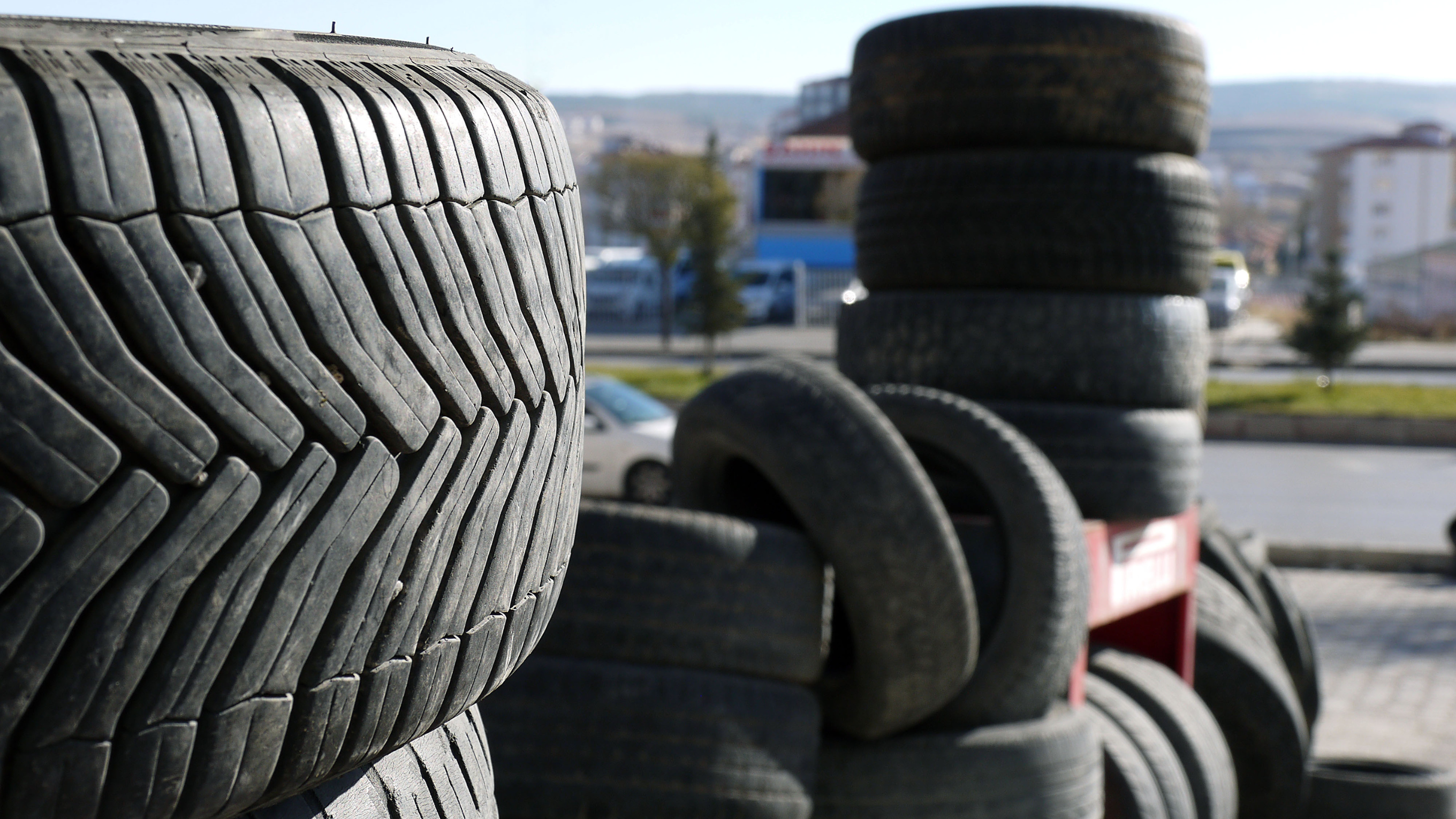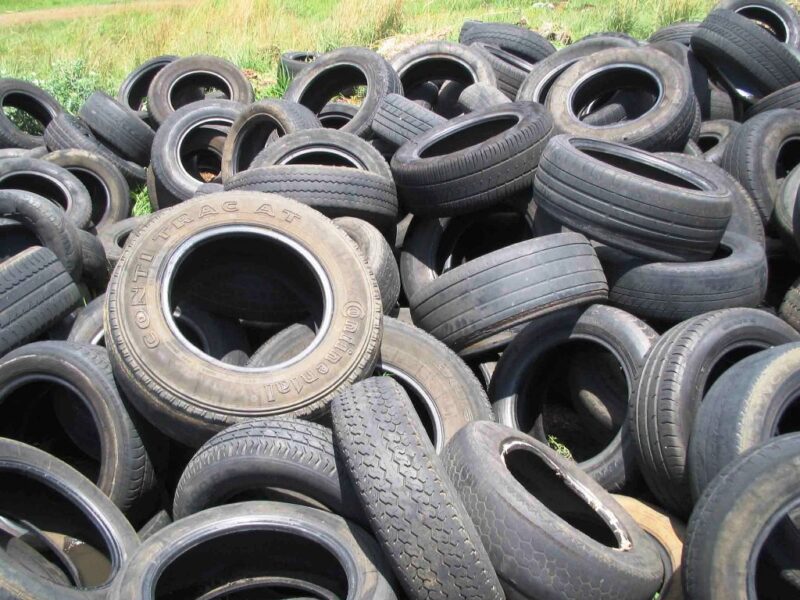When considering the environmental impact of new versus used tires, it is important to take into account a variety of factors. The seemingly straightforward decision between purchasing new tires or opting for used ones can have far-reaching consequences on our planet. From the manufacturing process of new tires to the potential for reusing and recycling used tires, each choice carries its own set of environmental implications.
By exploring the life cycle of tires and the effects of disposal methods, we can gain a better understanding of how our choices impact the world around us. Through examining the resources consumed, greenhouse gas emissions produced, and waste generated, we can make more informed decisions to minimize our ecological footprint. Ultimately, the choice between new and used tires is not just a matter of convenience or cost, but also a significant environmental consideration that should not be overlooked.
Overview of the Environmental Impact of Tires

The environmental impact of tires is a multifaceted issue that encompasses various factors. One key consideration is the production process, which involves the extraction of raw materials, such as rubber and petroleum, and the energy-intensive manufacturing process. In addition, the disposal of tires at the end of their life cycle poses a significant environmental challenge, as they can accumulate in landfills or be illegally dumped, leading to air and water pollution.
Furthermore, the use of tires on vehicles contributes to pollution through the emission of greenhouse gases and the release of microplastics into the environment. Overall, the life cycle of tires has a substantial environmental footprint that must be addressed through sustainable practices and policies.
Manufacturing Process and Environmental Impact of New Tires

The manufacturing process of new tires involves a series of complex steps, ranging from the selection of raw materials to the formation of the final product. Rubber compounds, steel belts, and fabric layers are carefully crafted and assembled to create high-quality tires that meet industry standards. Different types of tires require specific manufacturing techniques, adding to the intricate nature of the process. This detailed approach ensures that new tires are durable, reliable, and safe for use on various vehicles.
However, the environmental impact of manufacturing new tires cannot be overlooked. The production of tires involves the consumption of natural resources, energy, and the emission of greenhouse gases and pollutants.
From extraction and processing of materials to transportation and assembly, each stage of tire production contributes to environmental degradation. Despite efforts to reduce carbon footprints and implement sustainable practices, the manufacturing of new tires continues to have a significant impact on the planet.
Benefits and Drawbacks of Buying New Tires

When considering whether to purchase new tires, there are several benefits and drawbacks to take into account. On the positive side, new tires typically offer better traction, handling, and overall performance compared to used tires. Additionally, new tires often come with warranties and guarantees, providing peace of mind to the buyer.
However, there are also drawbacks to purchasing new tires. One major drawback is the environmental impact of producing new tires, which requires significant amounts of energy and resources. Additionally, new tires can be pricey, making them a less cost-effective option for some consumers. Ultimately, the decision to buy new tires should weigh both the benefits and drawbacks to make an informed choice.
Conclusion
In conclusion, the choice between new and used tires has significant environmental implications. While new tires may have a higher initial cost, they tend to be more fuel-efficient and emit fewer pollutants, reducing their overall environmental impact. On the other hand, used tires contribute to the growing problem of tire waste and can release harmful chemicals into the environment if not properly disposed of.
Ultimately, making an environmentally conscious decision about tires involves weighing the benefits and drawbacks of each option. Consideration should also be given to sustainable alternatives, such as retreaded tires or eco-friendly tire options. When looking for tires in St. Catharines car parts stores, it is important to keep these factors in mind and choose the option that aligns best with your environmental values.


